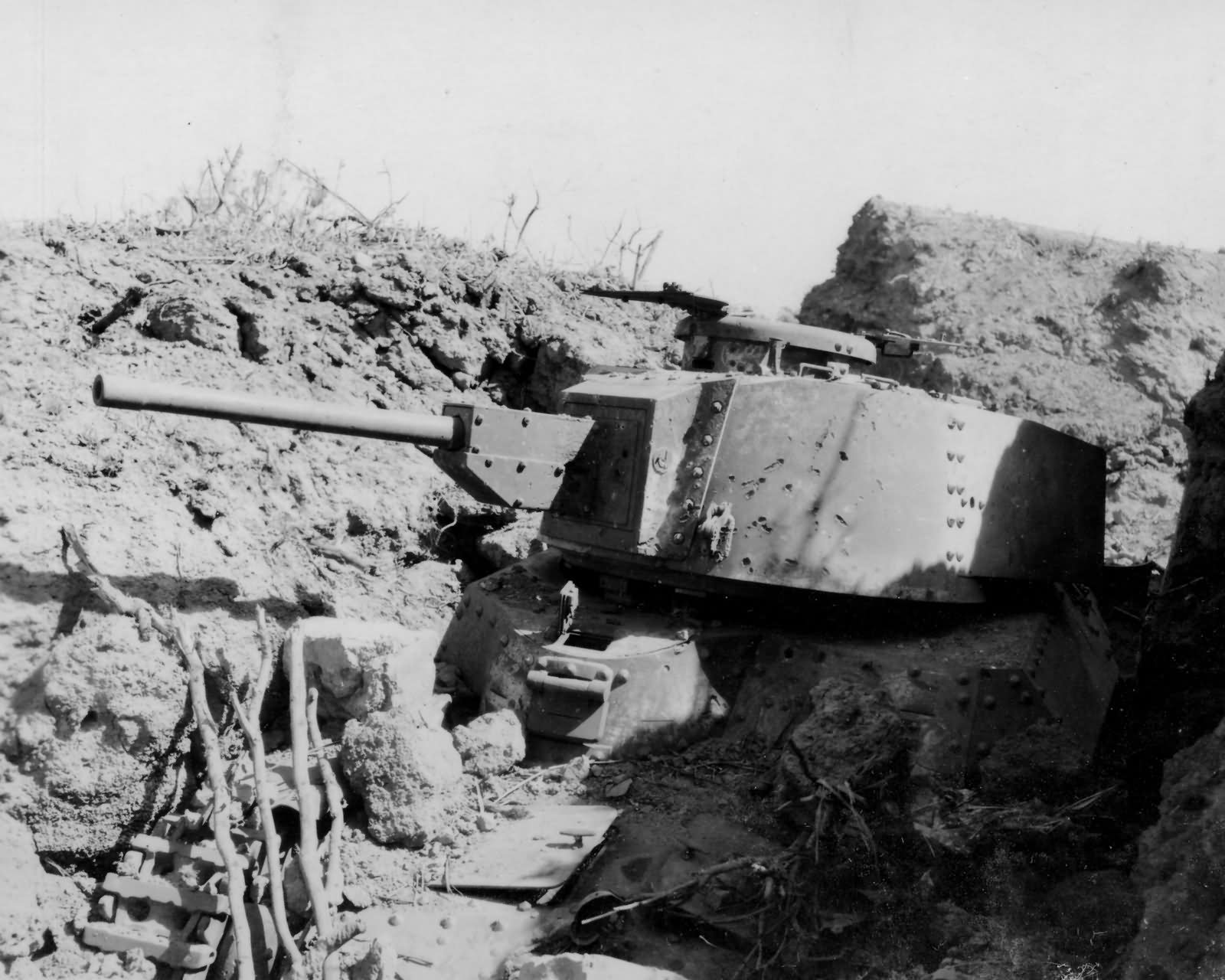Type 97-kai Shinhoto Chi-Ha: Armament and Ammunition
The Type 97-kai Shinhoto Chi-Ha was a Japanese medium tank that served during World War II, equipped with a Type 1 47mm tank gun as its main armament. This gun represented a significant upgrade over the earlier Type 97 Chi-Ha’s 57mm gun, particularly in terms of anti-tank capabilities.
Main Armament: Type 1 47mm Tank Gun
Ammunition Types:
- Type 1 High-Explosive (HE) Projectile: Primarily used against infantry and unarmored targets, but it had a relatively small explosive fill of 0.19 lbs, limiting its effectiveness in roles other than anti-tank.
- Type 1 Armor-Piercing High-Explosive (APHE) Projectile: This round was designed to penetrate enemy armor before detonating inside, making it the primary choice for engaging armored vehicles.
Armor Penetration Capabilities:
- At a range of 500 yards:
- The APHE round could penetrate 67–75mm of vertical armor.
- Against armor angled at 30 degrees, penetration was reduced to 53–60mm.
- Against the M4A3 Sherman Tank:
- The Sherman’s front hull armor was 63mm thick, angled at 47 degrees, making it difficult for the Type 1 gun to penetrate.
- The turret front was even more robust at 89mm of armor.
- To effectively engage a Sherman, Japanese tankers needed to close to point-blank range or target the thinner side armor.
- At a range of 500 yards:
Operational Challenges and Engagements
- In engagements like those on Luzon, the limitations of the Type 1 gun became evident:
- An M4A3 Sherman was struck six times by 47mm APHE rounds at a range of 150 to 200 yards. Out of these, five penetrations were achieved, with one partial penetration.
- Japanese tactics emphasized holding fire until very close range to increase the likelihood of penetrating the Sherman’s armor.
High-Explosive Firepower Considerations
- The switch from the older Type 97 57mm gun to the Type 1 47mm gun resulted in a loss of high-explosive firepower:
- The Type 97 57mm gun fired a Type 90 HE projectile with 0.55 lbs of explosive fill, much more powerful than the Type 1 47mm HE round.
- The reduced HE fill in the 47mm shell (only 0.19 lbs) made it less effective against non-armored targets, such as infantry and bunkers.
Ammunition Storage and Capacity
- The Type 97-kai could carry up to 104 rounds of 47mm ammunition. A typical loadout for operations on Luzon included:
- 66 rounds of APHE.
- 38 rounds of HE.
- The ammunition was stored in various locations within the tank:
- Turret Front: Five ready rounds on both the right and left sides.
- Right Turret Bustle: A bin holding 30 rounds.
- Hull Stores: A large bin in the left rear corner (behind the loader) holding 30 rounds, plus four smaller bins above the powertrain and in the sponsons.
Secondary Armament: 7.7mm Type 97 Machine Guns
- The Type 97-kai was also equipped with two 7.7mm Type 97 machine guns:
- Bow Machine Gun: Mounted in a ball mount on the left front of the hull, operated by the bow machine-gunner.
- Turret Machine Gun: Mounted in a ball mount at the left rear of the turret, operated by the loader.
- Notably, the Type 97-kai lacked a co-axial machine gun adjacent to the main gun, a common feature in many tanks.
- The machine guns could be dismounted and used in an antiaircraft role via a pintle mount on the turret roof.
The Type 97-kai Shinhoto Chi-Ha, with its 47mm gun, represented a significant step forward for Japanese armor in terms of anti-tank capability. However, its limitations against more heavily armored Allied tanks like the Sherman, particularly in terms of firepower and protection, were apparent in the later stages of the war.
